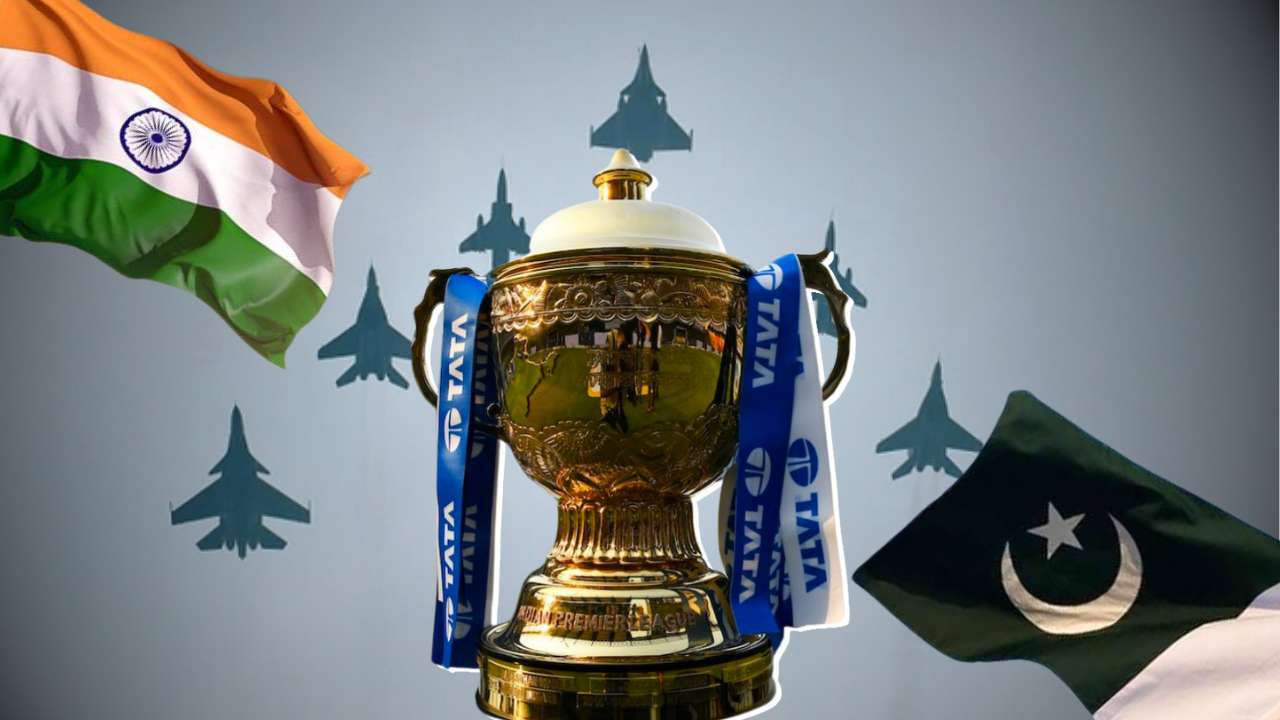In a powerful show of strategic military capability, India’s Armed Forces have successfully executed Operation Sindoor, a meticulously coordinated retaliatory mission that caused severe damage to Pakistan’s military infrastructure and led to the elimination of major terror operatives. The operation is being hailed as one of the most calculated and effective responses in recent history.
Announced officially during a joint press conference on Sunday, Lt Gen Rajiv Ghai, Air Marshal A K Bharti, and Vice Admiral A N Pramod outlined the scope and impact of the operation, which took place over the last few days and targeted both Pakistani Army positions and terror networks operating near the Line of Control (LoC).
35–40 Pakistani Soldiers Killed in Heavy Crossfire
Speaking at the press briefing, DGMO Lt Gen Rajiv Ghai revealed that 35–40 Pakistani soldiers were killed in a series of precision retaliatory strikes along the LoC. These strikes were a direct response to repeated ceasefire violations and continued support for cross-border terrorism.
“Our soldiers responded with precision and professionalism. We targeted launch pads, bunkers, and forward military positions being used to facilitate infiltration attempts,” he said. According to Indian Army intelligence, many of the Pakistani casualties included field commanders and trained infiltrators.
Air Force Targets Key Infrastructure: Multiple Aircraft Damaged
Adding to the offensive, Air Marshal A K Bharti shared details of the Indian Air Force’s role in Operation Sindoor. Using state-of-the-art targeting and surveillance systems, the IAF conducted high-precision strikes on Pakistani air bases and infrastructure.
“We have confirmation that multiple Pakistan Air Force aircraft were destroyed or severely damaged,” Bharti said. Although exact numbers were not disclosed for strategic reasons, analysts estimate at least three fighter jets were grounded permanently. Radar stations, ammunition depots, and airstrips were also damaged in the operation.
This marked one of the rare occasions where the IAF publicly acknowledged active involvement in a cross-border military action beyond reconnaissance and border patrols.
Naval Vigilance Locks Down Maritime Zones
While most of the combat took place along the land border and in airspace, the Indian Navy played a critical supporting role, ensuring maritime readiness and surveillance throughout the operation.
Vice Admiral A N Pramod explained that the Navy’s eastern and western fleets were placed on operational standby and monitored maritime traffic in the Arabian Sea and Indian Ocean. “No hostile movements went undetected. Our forces were fully prepared for escalation,” he said.
This multidimensional coordination demonstrated the strength of India’s joint command structure and the nation’s ability to act decisively across land, air, and sea.
100 Terrorists Neutralized: IC-814 and Pulwama Plotters Among Them
Perhaps the most significant achievement of Operation Sindoor was the elimination of 100 terrorists, including high-profile figures involved in the IC-814 hijacking and the Pulwama attack.
Major General SS Sharda said, “This is justice delivered. These terrorists had been hiding under the protection of Pakistan’s intelligence apparatus. We had been tracking them for months.” Using UAVs, satellite intel, and on-ground assets, Indian forces launched surgical operations against known hideouts across the LoC and deep within Pakistan-occupied Kashmir.
Sources confirm that the operations were conducted with minimal collateral damage and maximum impact on terror networks.


